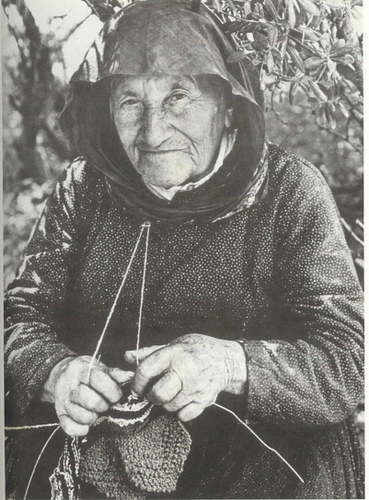Grandfather spent all of his adult life working as a shepherd in Lambwick Hall. I remember as a child he bought me a Noah’s Ark
He prided himself on knowing all his sheep by name, though most of them were simply called ‘baa’. He was loved by his sheep who would follow him through the village and to the pub for his lunchtime pint. At dusk he would read them a bed-time story or extracts from the Book of Common Prayer and on sunny days he would play hunt the thimble with them, but they were not very good at this.
In his later years he began to believe he was a sheep. It was a sad sight to see him grazing in the fields and one Spring he nearly drowned in the sheep dip. He died in 1962 from septicaemia after rubbing himself up against a rusty barbed wire fence.








